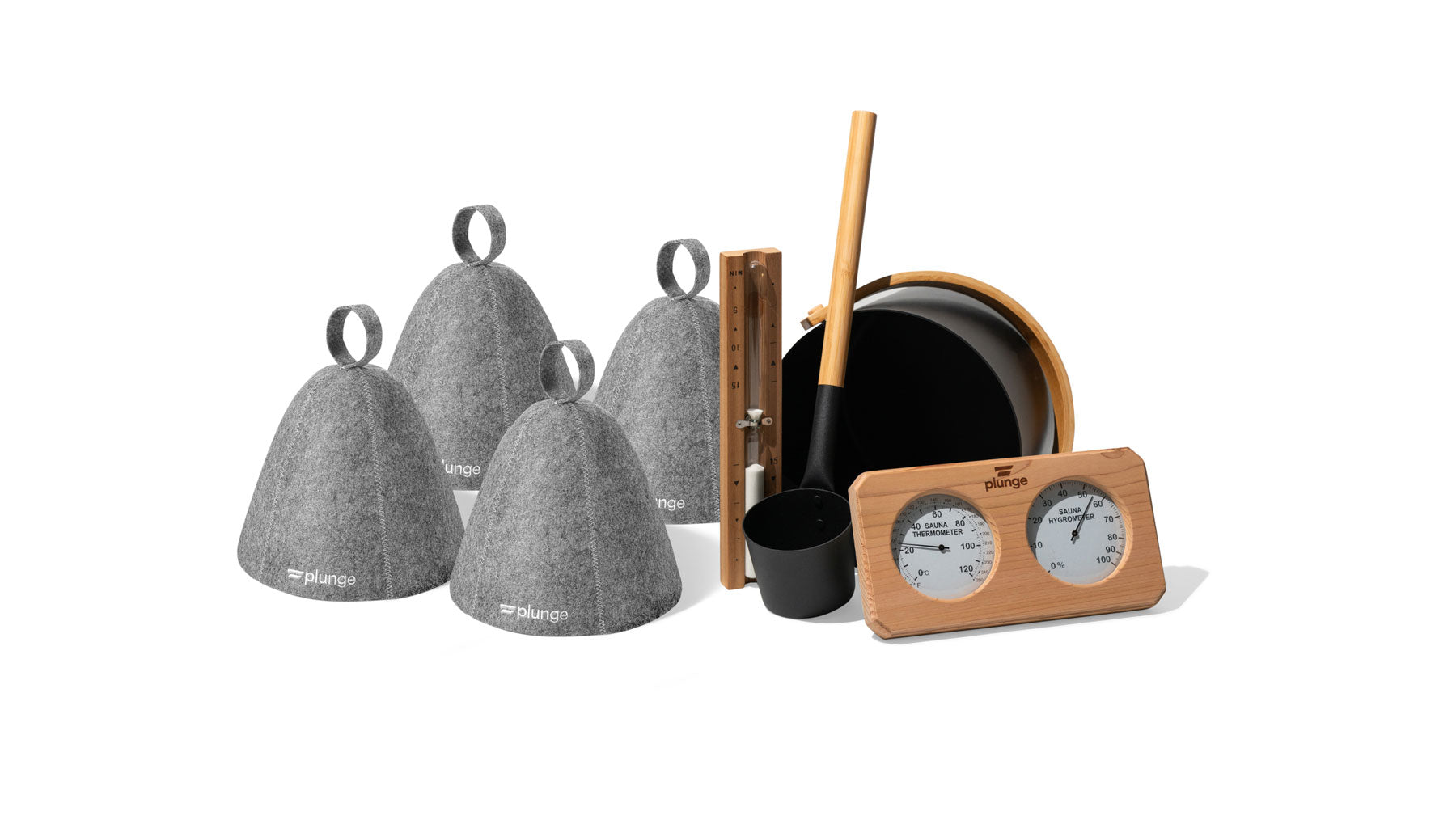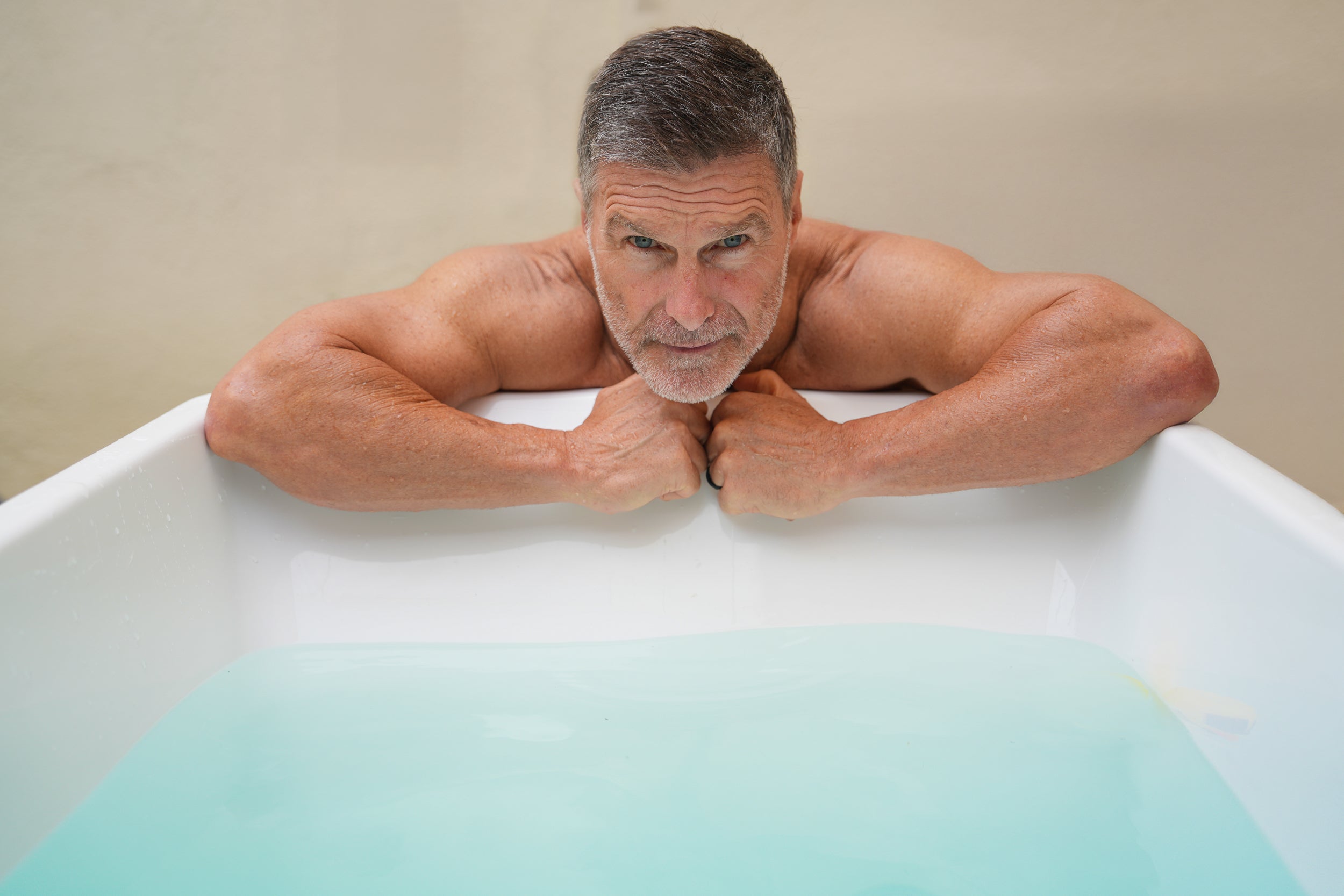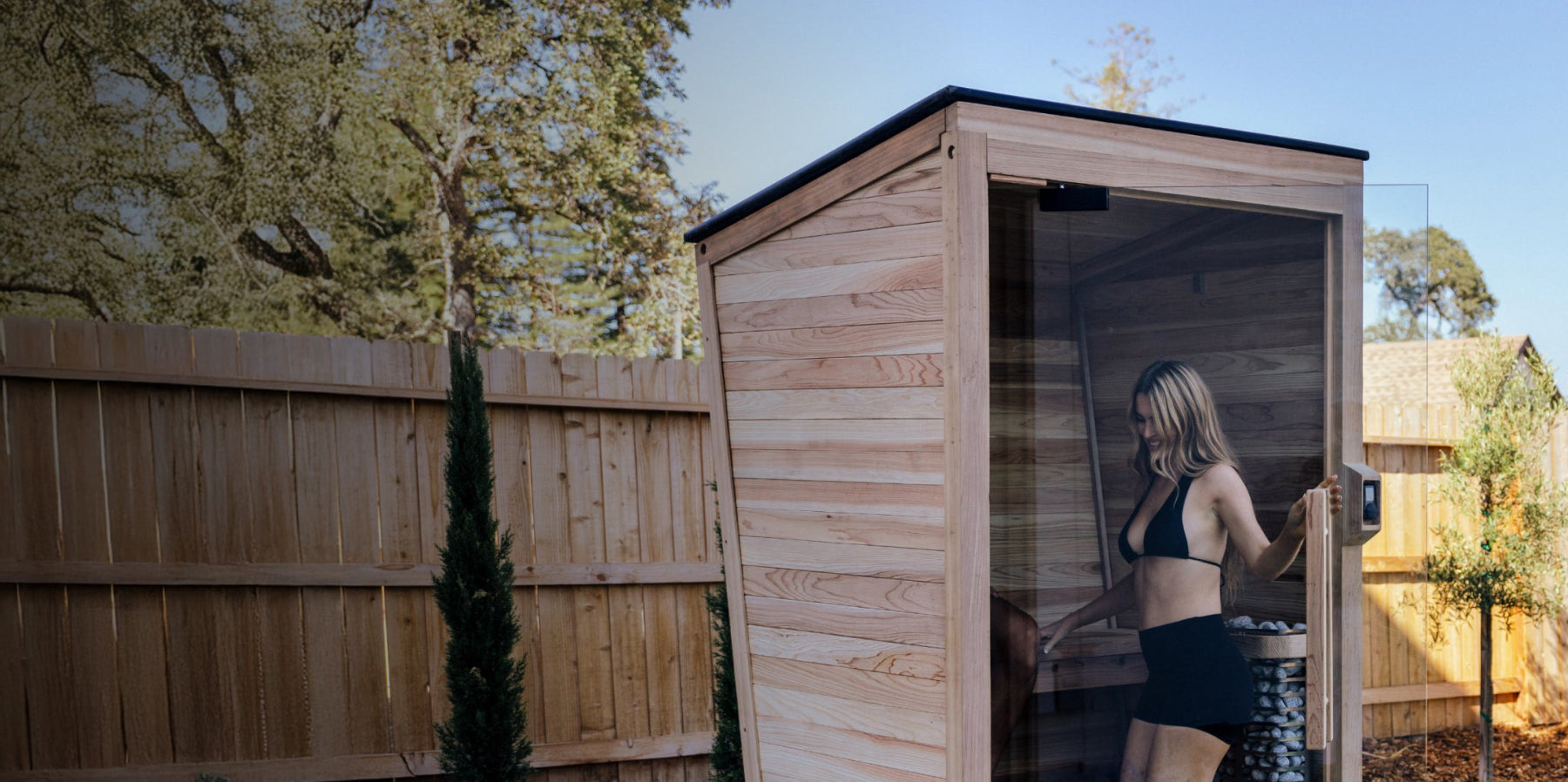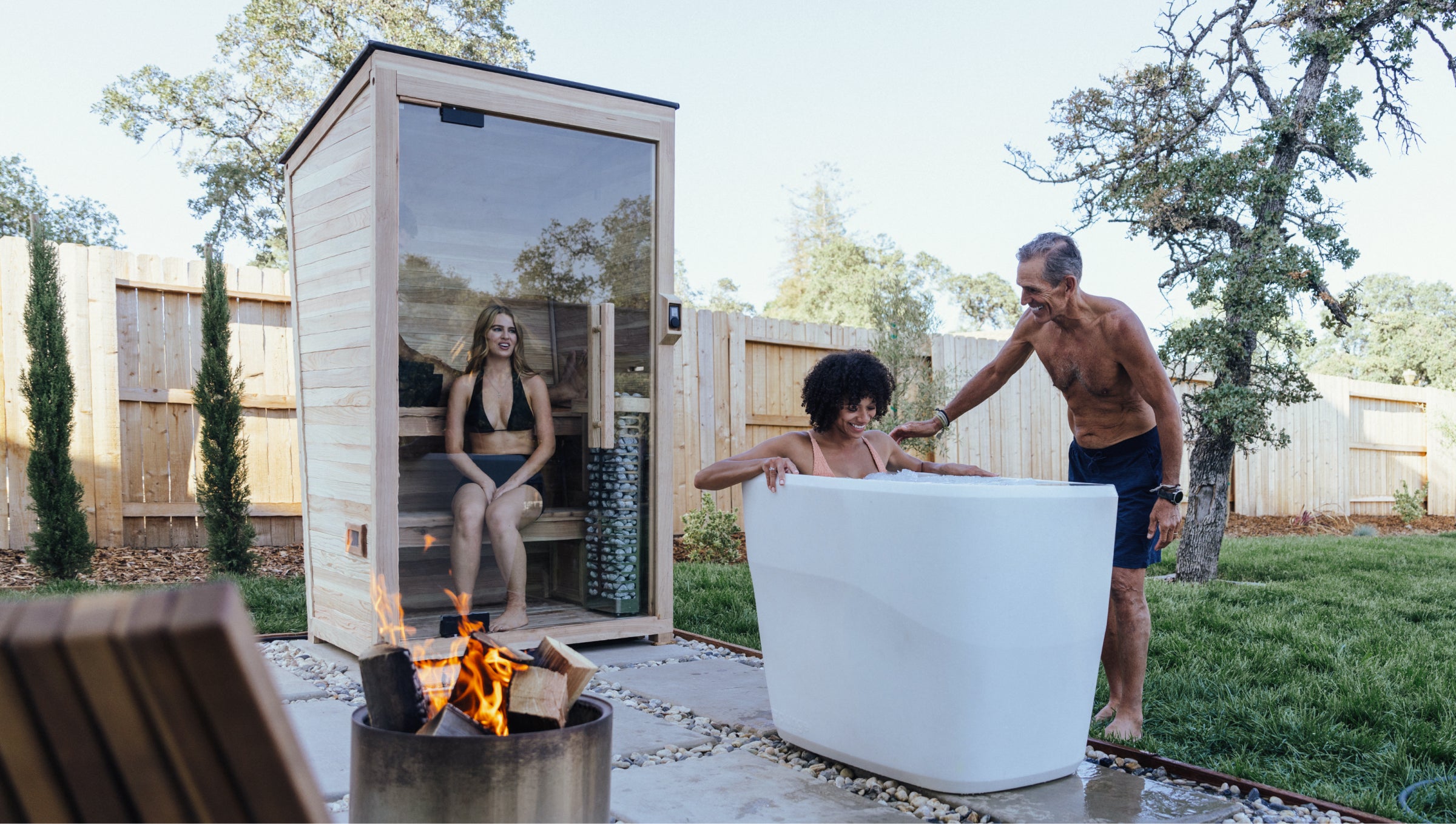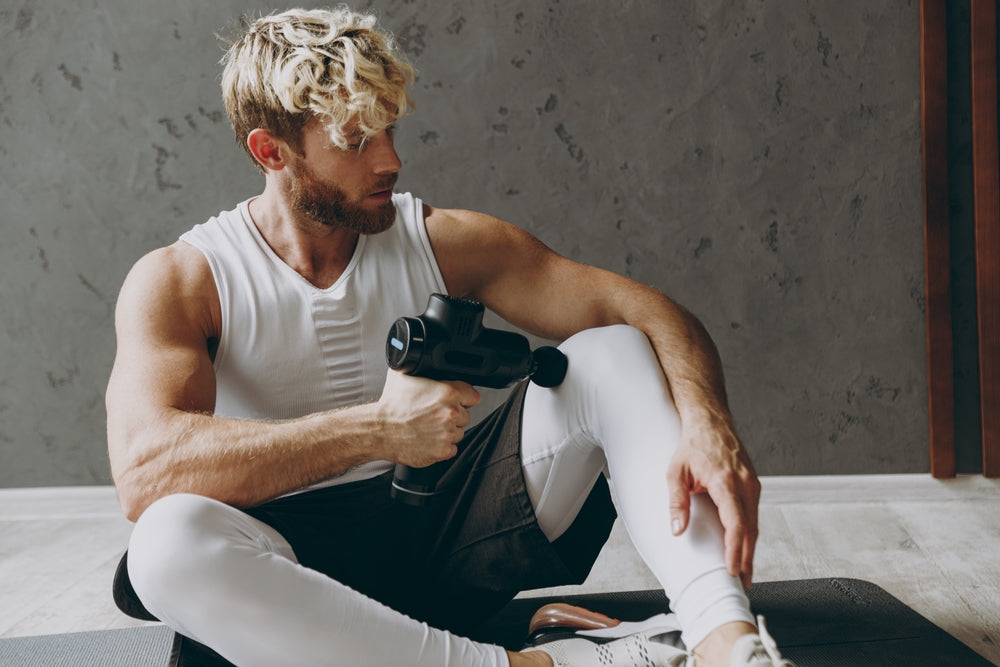
10 Best Recovery Tools for Athletes at Every Level of Performance
In today’s world of fitness, recovery is no longer an afterthought, it’s now a critical component of athletic success. Athletes today push their physical limits like never before, demanding peak performance from their bodies. To meet this challenge, effective recovery tools for athletes have become essential. Incorporating the right recovery equipment can accelerate healing, reduce injury risk, and sustain peak performance over the long haul.
At Plunge, we’re huge advocates for post-workout recovery routines. Countless times, we’ve seen firsthand how it can transform athletes of all levels, from garage gyms to the major leagues. As a gym owner, you know that the right tools and equipment can make all the difference for your clients. This is why it can get quickly overwhelming to determine which ones are truly worth the investment. So to help, we’ve created this guide to fill you in on the best recovery equipment for athletes with our recommendations on the tools that will elevate your facility.
The Importance of Recovery Equipment for Athletes
Don’t be fooled. Recovery is just as vital to an athlete's success as training. Recovery is when the body repairs and rebuilds, as it gets ready for the next challenge.
That’s why so many professional sports organizations and high-performance training facilities have incorporated dedicated recovery rooms. Modern recovery methods (such as the RICE Injury Method) have transformed the game even more in recent years, all with the goal of helping athletes bounce back faster and perform better.
To create a world-class fitness center, many top-tier facilities include recovery equipment for athletes to help them in ways such as:
- Ice baths to revitalize their body
- Saunas to relieve muscle tension
- Water immersion to soothe their joints
- Massage guns to work out any knots
- Compression boots to massage their legs and arms
- Foam rollers for all-over deep stretching
Next, we'll explore all of these recovery tools and more as we explain their value in enhancing your athletes' fitness routines.
Best Recovery Tools for Athletes
Just as athletes dedicate countless hours to honing their skills, they must equally prioritize the rejuvenation of their bodies. And by investing in post-workout recovery tools, you're giving your athletes the edge they need to excel. Here are our favorite picks to help them get that job done:
Cold Therapy Recovery Equipment
Whether you’re stepping into a cold shower or plunging into an ice bath, cold therapy is a staple in the post-workout recovery routines of many athletes. When our bodies are exposed to cold, blood vessels constrict, which reduces blood flow to targeted areas. This process helps to minimize swelling and muscle soreness, particularly after intense workouts or competitions. To maximize the benefits of cold therapy for recovery, it's important to consistently use the methods below.
Here are some of our favorite recovery tools that harness the power of cold:
Ice Baths and Cold Plunges

Ice baths and cold plunge tubs are a recovery technique that involves immersing your body in ice water, or extremely cold water is a popular method for cold therapy. This shock to the system triggers a rapid inflammatory response, followed by a counter-inflammatory effect. They are best used ideally within 30 minutes of your workout.
In case it isn’t obvious, we’re big fans of using cold plunges to improve our recoveries, but we aren’t the only ones! Rich Froning, as you may know, is a 4-time CrossFit Games Champion. He's also a fan of using cold plunges in his recovery routine.

When we asked how Plunge has changed his performance during competition, he shared, “Regular cold plunge sessions made such a positive difference during the training season that we had one at the CrossFit Games last year. The most noticeable change is the immediate muscle recovery.” And in case you were wondering, he plunges for “50 degrees for 10 minutes. Mostly post-workout sessions”.
Ice Packs

Ice packs are great for targeting specific areas of your body. Typically, these cold packs are flexible, gel-filled, and can be molded to perfectly fit the contours of your muscles. Try applying one for 15-20 minutes at a time, and feel free to reapply throughout the day as needed.
Cryotherapy Chambers

Cryotherapy is an advanced cold therapy technique that involves exposing the body to extremely cold air, typically between -200°F and -300°F, for a few minutes. However, these chambers can be expensive and difficult to maintain, plus they come with a variety of serious safety concerns for clients.
Compression Recovery Tools
Compression therapy works by applying gentle pressure to the muscles, they enhance blood flow and support performance while also aiding in post-workout recovery. This increased blood flow helps flush out metabolic waste, reduce swelling, and accelerate recovery.
Here are some of our favorite picks to help your athletes recover:
Compression Garments

Compression garments, like socks or sleeves, provide gentle pressure to the limbs to help improve circulation and reduce muscle fatigue to help with recovery. Unlike other equipment on this list, compression garments are ideal for everyday wear, especially during long periods of sitting (such as travel).
Pneumatic Compression Boots
Pneumatic compression boots are an advanced form of compression recovery therapy that is particularly effective for athletes experiencing intense muscle soreness or swelling. These boots use intermittent air pressure to massage the legs, reducing swelling and accelerating recovery. Athletes can typically use these boots for 20-30 minutes, 3-4 times per week. However, during intense training periods, more frequent use may be beneficial.
Heat Therapy Recovery Equipment
Heat therapy is a tried-and-true method for easing muscle tension, boosting blood flow, and speeding up recovery. By warming up those tense muscles, you're essentially inviting the body to relax and repair. Whether it's a heating pad, a sauna, or a steam room, heat therapy can be a game-changer for athletes looking to optimize their recovery.
Heating Pads

Heating pads offer a focused approach to muscle relaxation, similar to the localized relief of ice packs. Simply apply the pad to the sore area and let the gentle warmth work its power. This recovery tool is perfect for persistent aches and pains, as it helps reduce muscle spasms and improve flexibility. For best results, we recommend using a heating pad for 15-20 minutes a few times a day.
Saunas

Saunas offer a full-body heat therapy experience, typically using heat in a range between 150-195°F. This piece of workout recovery equipment creates an environment that promotes sweating and relaxation. When it comes to recovery, the heat in a sauna helps to ease muscle tension, reduce stress, and improve circulation throughout the body. We find that commercial saunas are most effective for athletes who experience overall muscle tightness or stiffness after intense training sessions.
Steam Rooms

Steam rooms combine heat with humidity for a truly indulgent recovery experience. The moist heat helps loosen stiff joints, open airways, and hydrate the skin. Perfect for athletes looking to relax and rejuvenate after a tough workout session. Steam rooms can be enjoyed 2-3 times a week for 15- to 20-minute sessions. But remember to keep your clients hydrated before, during, and after the heat therapy sessions to replenish fluids lost through sweating.
Massage Recovery Tools
Equipping your recovery room with massaging tools is crucial for helping your athletes take control of their recovery. These types of tools allow athletes to address muscle soreness and improve flexibility. This group of athlete recovery tools offers a combination of versatility, accessibility, and effectiveness that benefits all levels. Our tip is to incorporate a variety of foam rollers and massage guns into your recovery center to cater to the diverse needs and preferences of every individual.
Foam Rollers

Foam rollers are cylindrical tools made of dense foam that allow you to massage your own muscles. They come in various lengths, densities, and textures to cater to different needs and preferences. By rolling your body weight over the foam roller, you can target specific muscle groups, release tension, and improve flexibility.
Foam rolling is particularly effective for addressing muscle tightness, trigger points, and myofascial release. We like to suggest incorporating foam rolling into a recovery routine 2-3 times per week, focusing on areas that feel tight or sore.
Massage Guns

Massage guns deliver rapid bursts of pressure to the muscles. They come in various shapes, sizes, and intensity levels to suit different preferences and needs. They’re great for helping alleviate muscle soreness, improving circulation, and reducing muscle tension.
We find them to be particularly effective in targeting specific muscle groups, such as the back, shoulders, and legs. Additionally, it’s best to use a massage gun for short bursts (15-30 seconds) on each muscle group, and to always avoid using it on bones or joints.
Your Recovery Room Isn’t Complete Without Plunge!
By investing in a comprehensive program equipped with the best recovery tools for athletes, you're not just providing a luxury — you're building a foundation for their peak performance. These tools work in sync to accelerate recovery, reduce injuries, and enhance overall progress. Remember, a well-rounded recovery strategy is essential for athletes to reach their full potential!
As experts in using hot and cold therapies for recovery, we understand the importance of creating optimal recovery environments. Our cold plunge tubs and saunas are designed to be the cornerstone of your performance facility. Reach out to us today if you’d like to learn how a commercial Plunge or sauna can enhance the gym experience and help your business grow!






